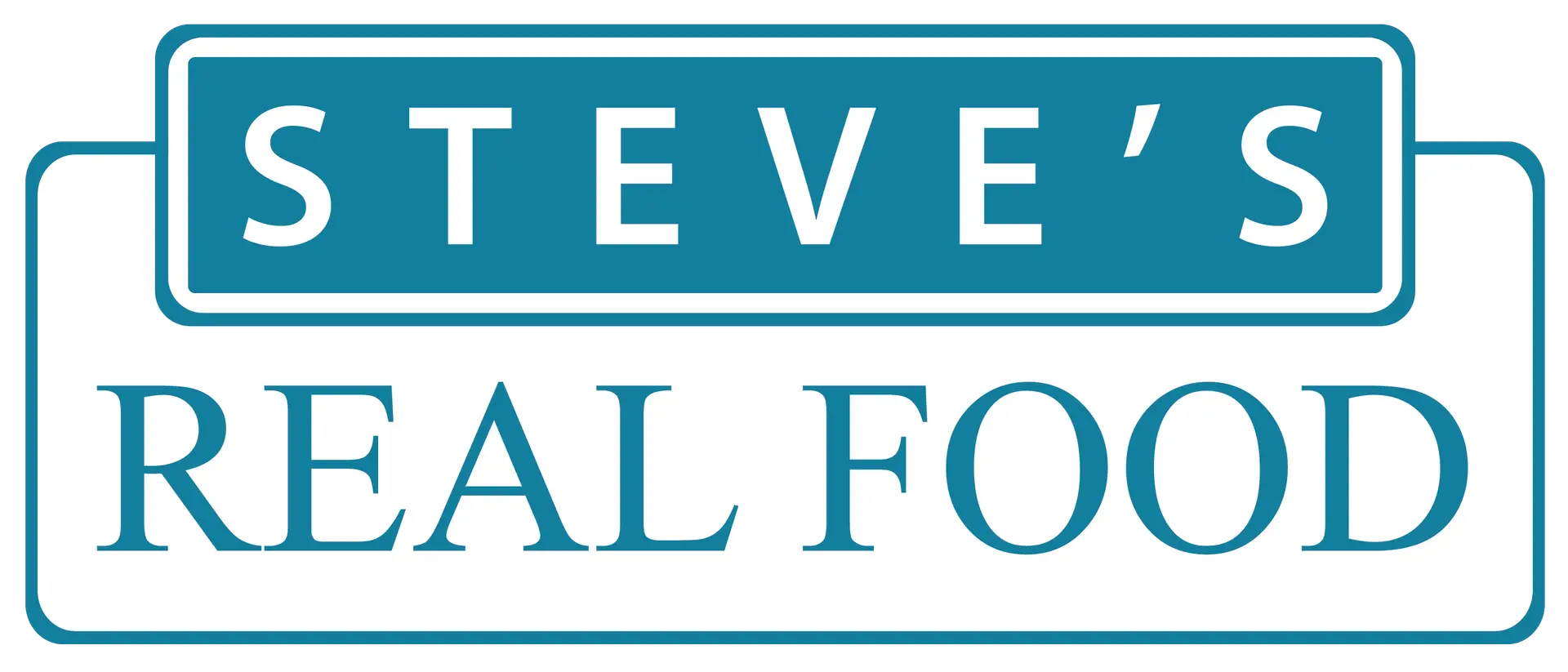Feeding Puppies Your Guide to Optimal Nutrition and Well-Being
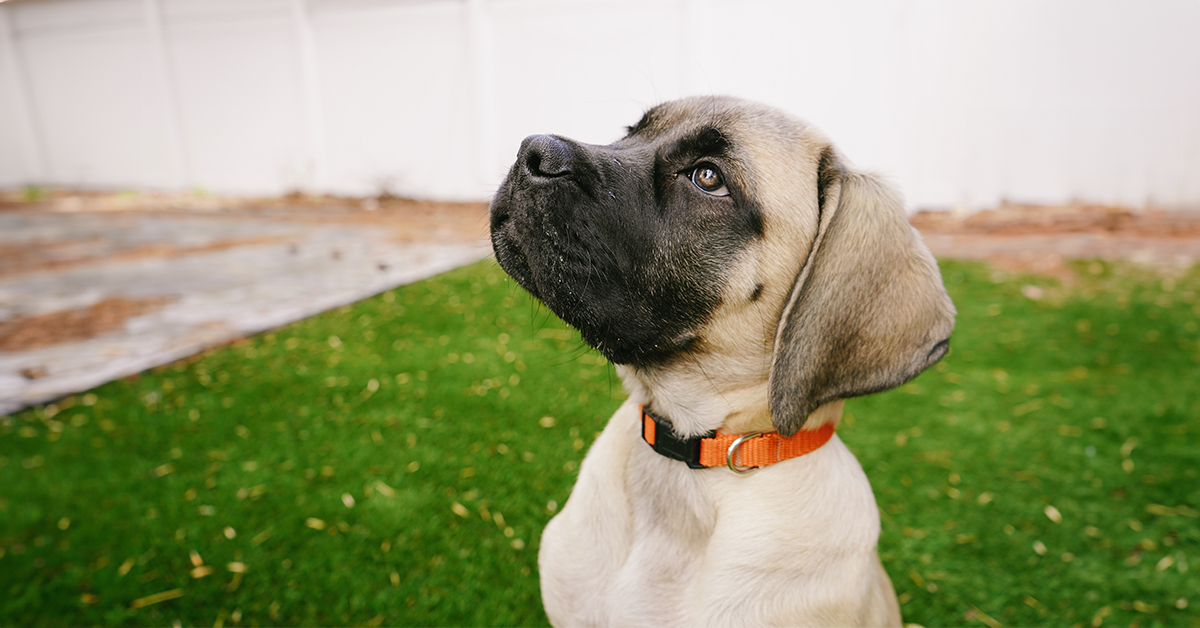
Discover essential tips on feeding puppies for optimal health and vitality. Learn about the best food choices, transitioning, general feeding tips, and tailoring feeding plans based on breed size. Start your puppy’s journey to a vibrant life with our comprehensive guide.
How Diet and Environment Impact Allergies in Dogs and Cats
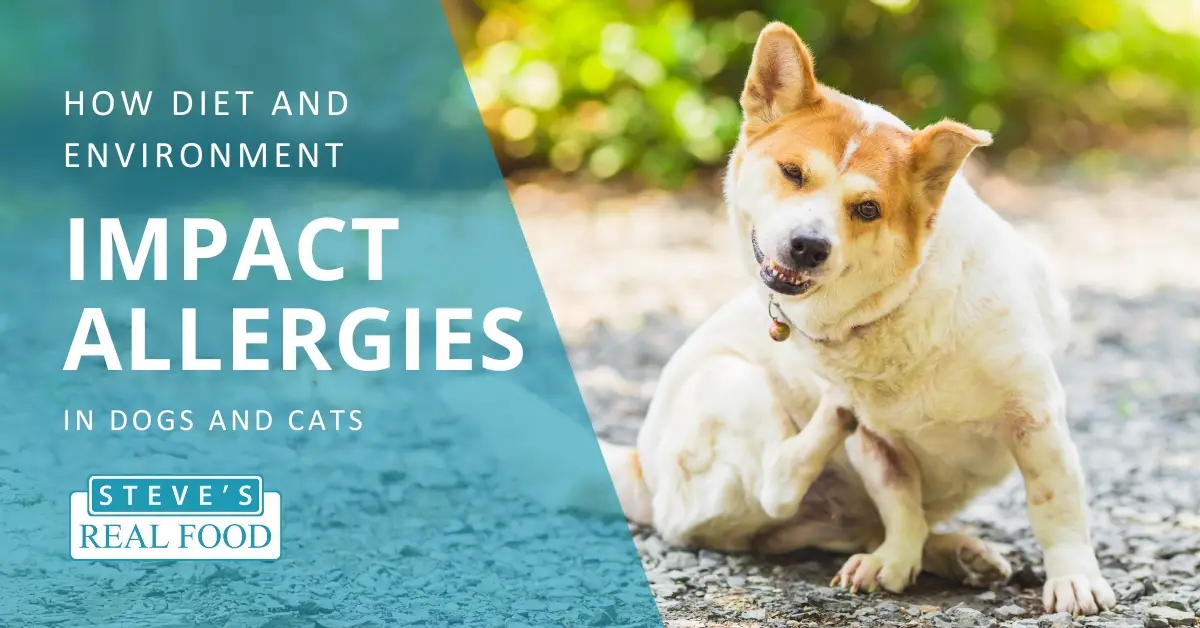
Unfortunately, there is no one-size-fits-all solution to allergies, but many pets find relief by following a more natural, holistic approach. Soothe the symptoms, focus on the root of the problem, and keep supporting the system to reduce the chances of future flares.
CAN NUTRITION AFFECT ANXIETY IN PETS?

This guest post was written by Jody L. Teiche, Pet Health Expert & Pet Parent Coach with over 30 years of experience using homeopathy to heal pets naturally.
How to Train Your Dog When Feeding a Raw Diet
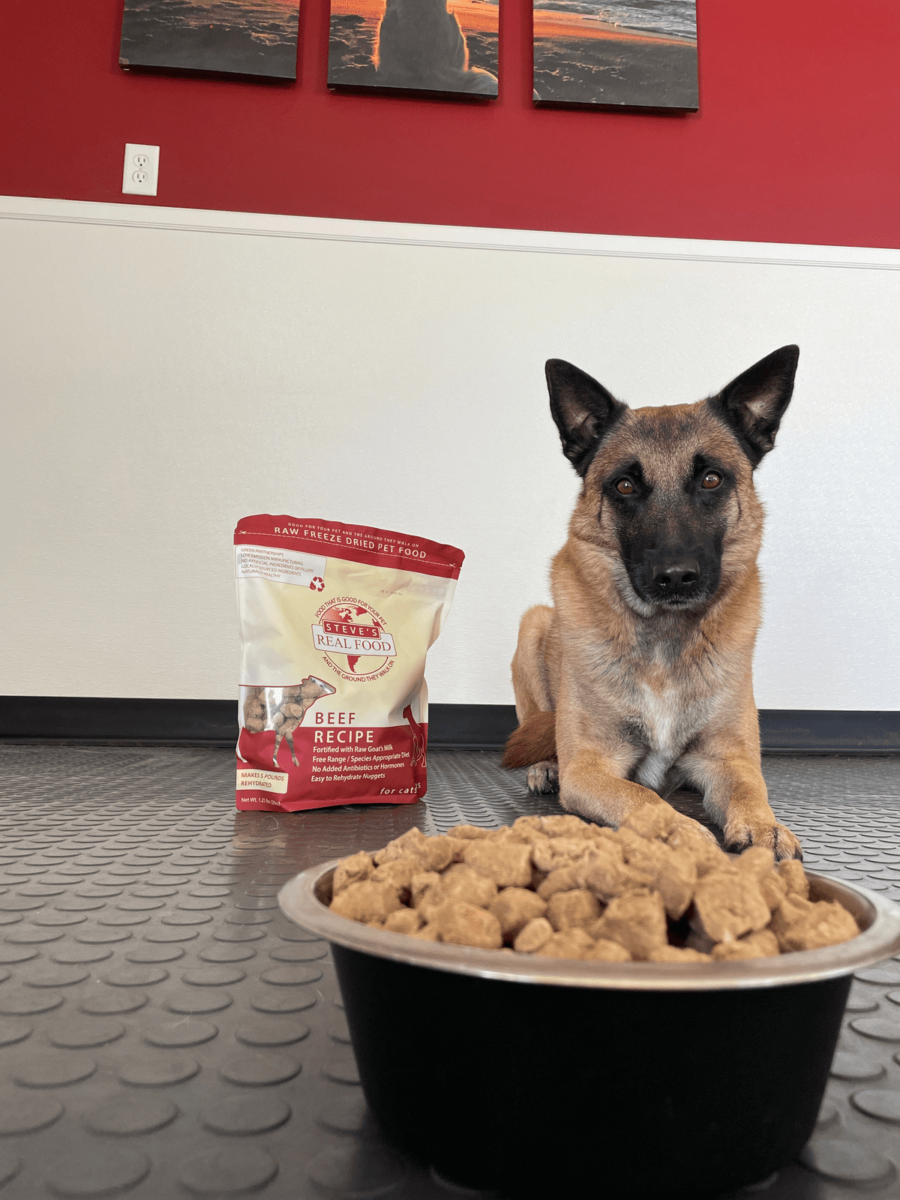
If you’re feeding your dog a raw diet, you invest too much in keeping them healthy to feed them junk food, even for the sake of training them… and with our creative tips, you won’t have to! Lifestyle Habits Being professional dog trainers, we look at it as not only an activity but a way […]
Benefits of White Fish Food for Dogs
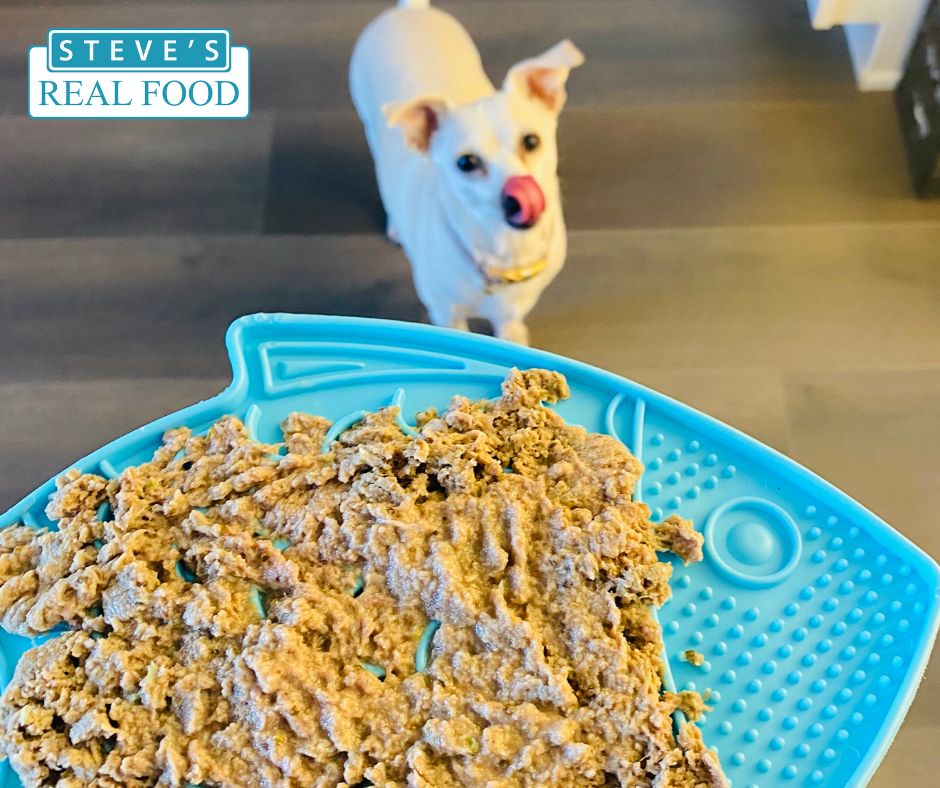
Have you ever considered adding fish to your dog’s diet? If not, maybe it’s time to consider the many benefits of feeding a dog food with fish in it.
Papillion with a Cough

This e-mail from Michigan demonstrates how a raw diet free from cheap fillers can help with allergies. “I just wanted to share my story as it is a true success! We have a 15-year-old Papillon that is just 5 pounds. The last several years she suffered from a bad cough. They could never really explain […]
Taylor’s Arthritis

Here is an e-mail that comes to us from Pahrump, Nevada. Taylor is participating in our veterinary feeding trial. We have given Taylor 60 days worth of free food while he is being supervised by his veterinarian for arthritis. “Taylor just had his 30 day check up with Dr. Henseler last Saturday. I’m pleased with […]
Hope’s Story
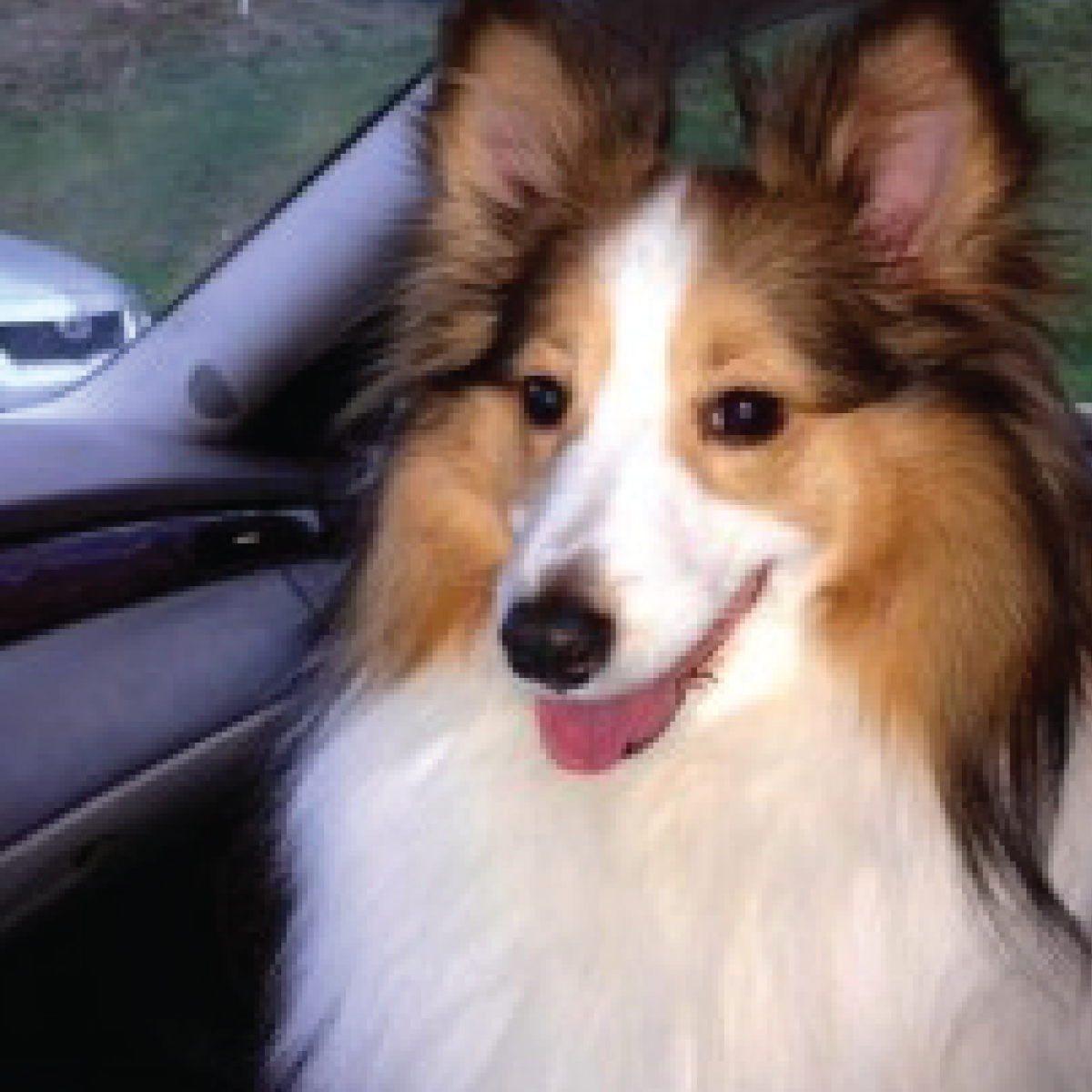
Here is a letter that came to us from Longwood, Florida. Not only is diet important for maintaining health, but as Kathy’s letter shows, diet can be a valuable tool for overcoming disease and illness.“My name is Kathy Cochran and I do Sheltie Rescue in Longwood, Florida. I thought you might be interested to know […]
Stomach Upset 9-Year-Old Greyhounds
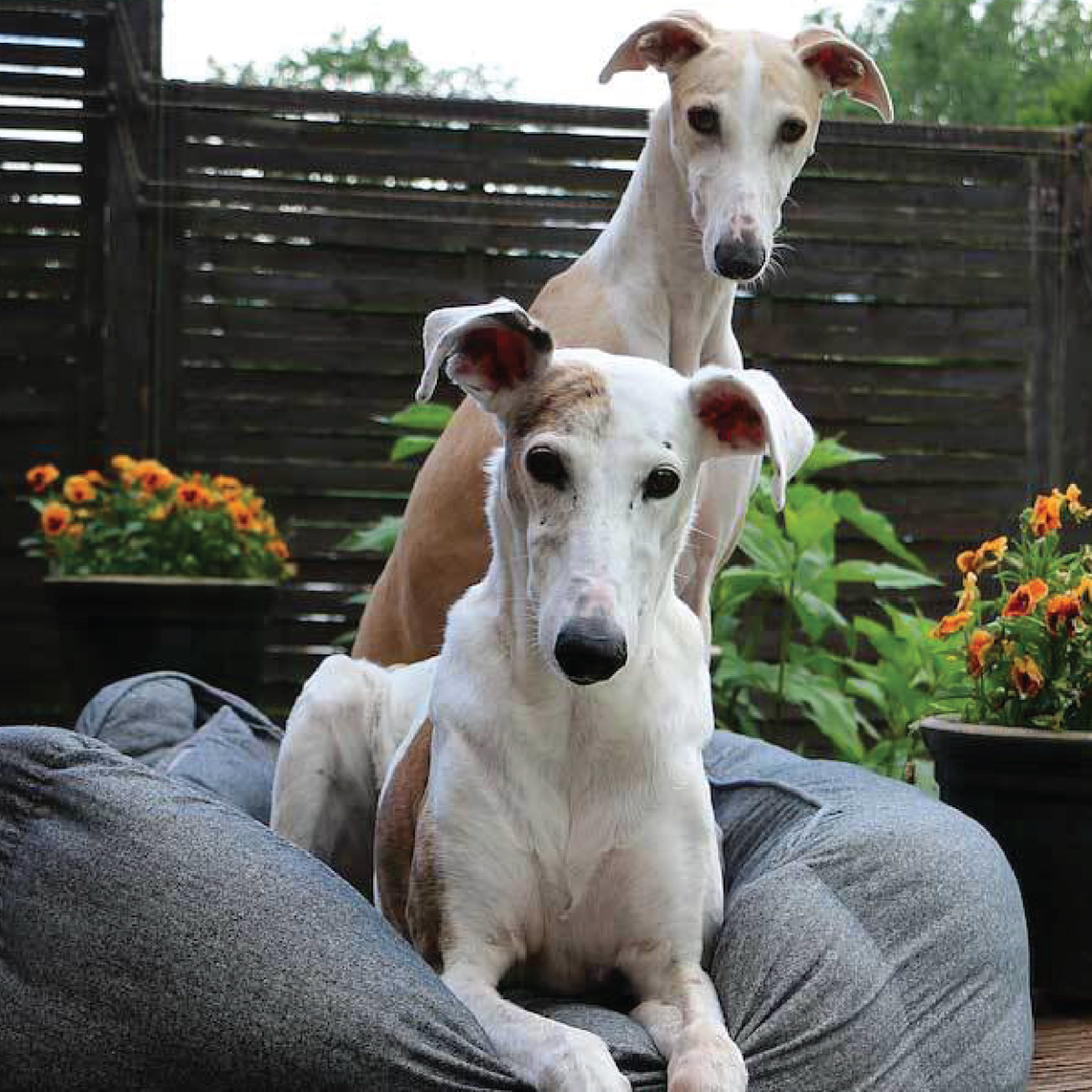
“We have two retired greyhounds both age are 9 years old. Our male was very ill for two years with stomach upsets, etc. We thought we were going to lose him. So , I got on the Internet and found you. He recouped in one month after eating the frozen nuggets. Our vet was amazed […]
Shiba Inu Picky Eater
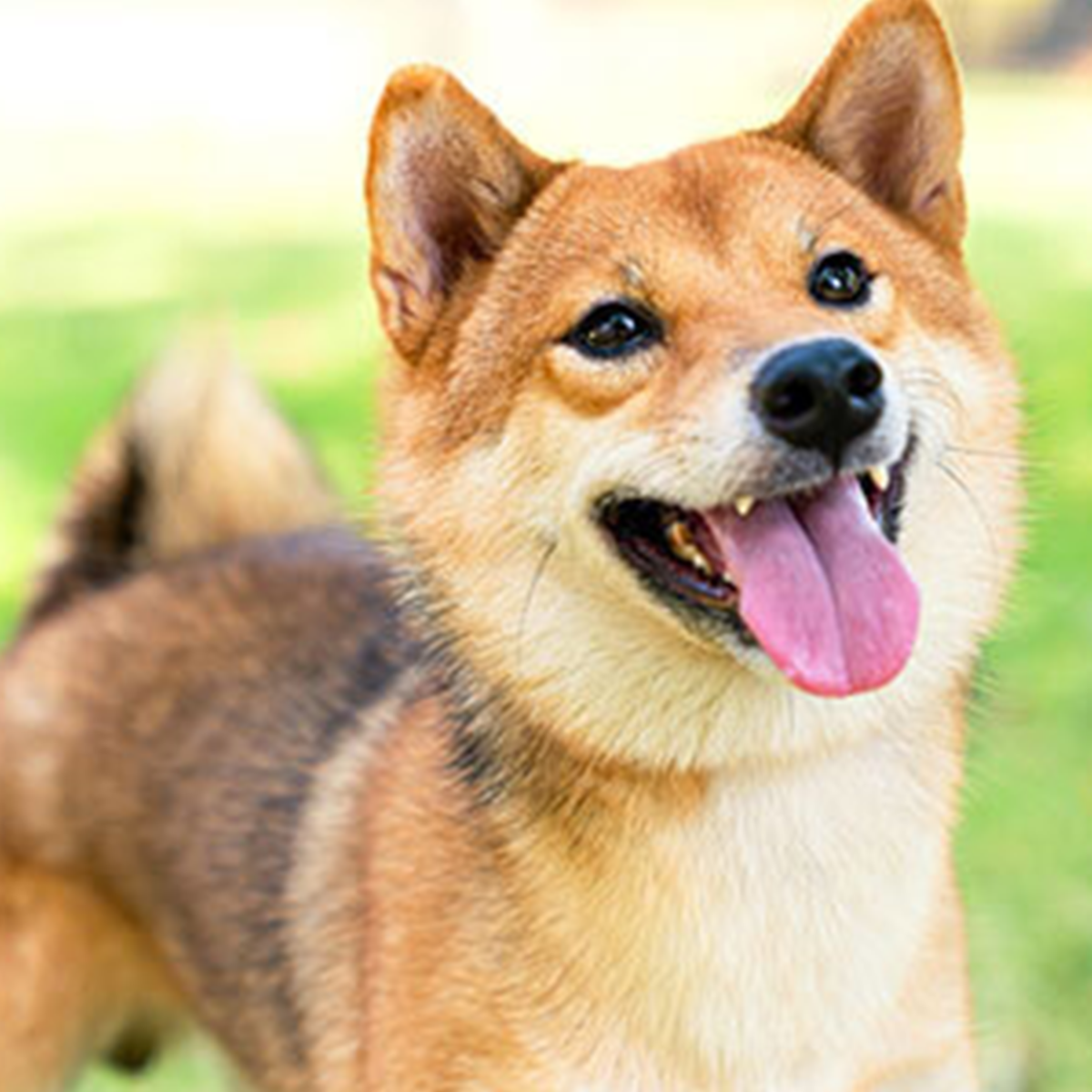
“I have a very picky 1.5 y.o. female Shiba Inu. She isn’t a big eater to begin with and tends to be on the thin side. After kenneling her for 10 days at a no-cage kennel, she was burning off all of the calories she was taking in. Needless to say, she came back about […]
